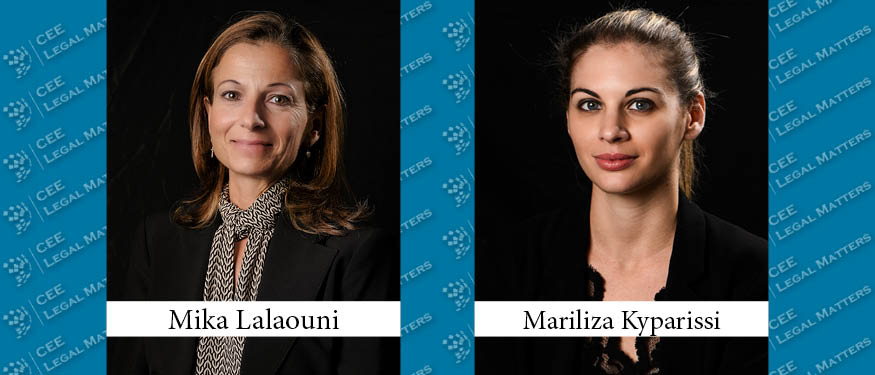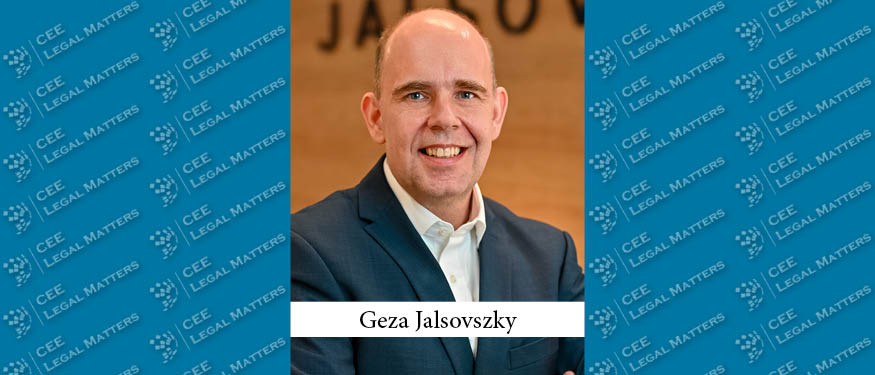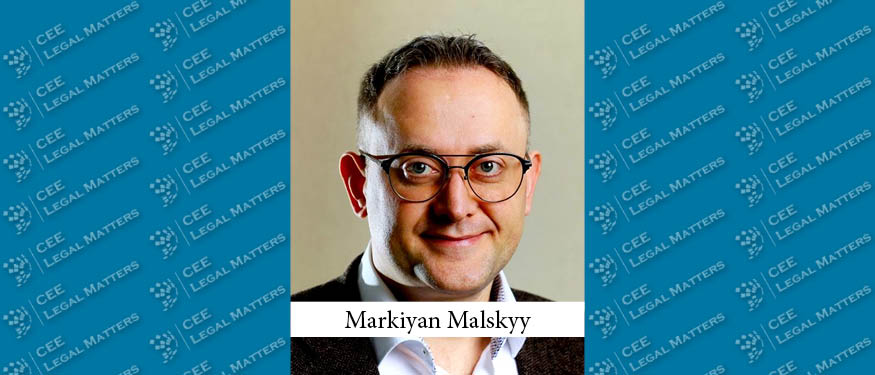As we previously reported, the pivotal Energy Community Ministerial Meeting held in Tepelenë, Albania, in June signaled potential developments in green energy and decarbonisation in the Western Balkans (WB).
High-ranking officials, including Energy Community Contracting Parties ministers, European Commission representatives, and Energy Community Secretariat members, converged at the Informal Ministerial Council Meeting to deliberate on salient energy issues, with the centerpiece being the Energy Community Decarbonisation Roadmap, which aims to establish a regional emissions trading system (“ETS”) and set ambitious decarbonization targets.
These talks hold immense importance in implementing the Carbon Border Adjustment Mechanism Regulation (“CBAM”), specifically in the electricity sphere. Dialogue and cooperation in carbon pricing and a regional ETS are crucial steps toward achieving the objectives outlined in the Decarbonisation Roadmap adopted in 2021. The recent adoption of the EU CBAM Regulation reinforces existing commitments and boosts the support for the transition towards green energy.
The Status Quo in WB
All WB countries demonstrated their alignment with EU’s energy and environmental standards, including carbon pricing, by signing the Sofia Declaration on the Green Agenda for the Western Balkans in 2020 (“Sofia Declaration”). The Sofia Declaration emphasized harmonization with the EU Emissions Trading System (“EU ETS”) and exploring additional carbon pricing methods to advance decarbonization in the region.
According to the Western Balkans Regular Economic Report: Spring 2023, considerable milestones have been reached since the Sofia Declaration. Albania, Bosnia and Herzegovina, Montenegro, North Macedonia, and Serbia have all adopted measuring, reporting, and verification (“MRV”) legislation for greenhouse gas (“GHG”) emissions, paving the way for national carbon pricing frameworks. Montenegro has gone further and introduced a national ETS in 2020, covering the power and industrial sectors, with a minimum price of a single emission allowance of 24 EUR. Bosnia and Herzegovina is exploring the national carbon pricing system potential design options. Serbia and North Macedonia conducted impact assessments, while Albania’s carbon pricing system is under consideration.
In all WB jurisdictions, however, indirect carbon pricing measures are in place, reflecting policies that convey either a positive or negative pricing signal, such as fossil fuel subsidies (representing negative pricing) and excises (representing positive pricing).
Is the WB Ready for CBAM Exemption?
As the CBAM Regulation’s transition phase looms in October 2023, the Energy Community Secretariat has released the CBAM Readiness Tracker. This new report evaluates the strides made by the Energy Community Contracting Parties to attain CBAM exemption prerequisites. The report’s findings suggest that while WB nations are on track, more work is needed to avoid CBAM certificate charges on electricity imports. The CBAM Regulation allows for a time-limited exemption for electricity imports into the EU until 2030, provided the Contracting Party’s electricity market is coupled with the EU and meets specific criteria regarding climate and energy legislation. Six conditions must be met for electricity-related CBAM exemption:
- An agreement with the EU necessitates an obligation to apply EU law in electricity. This includes legislation on the development of renewable energy sources and other regulations in energy, environment, and competition. All Contracting Parties meet this condition by virtue of being signatories to the Energy Community Treaty.
- Domestic legislation must incorporate the following:
- EU Electricity Market Provisions: All contracting parties have satisfied this condition. The Energy Community laws have seamlessly integrated the most recent EU electricity market acquis, aiming for transposition by the close of 2023. However, several Contracting Parties have reported delays in drafting, which might lead to missing the transposition deadline.
- Renewable Energy Sources: WB countries are advancing in adapting the Renewable Energy Directive (RED II). Both Albania and Bosnia and Herzegovina have amended their Renewable Energy Source (RES) Acts, partially adopting the RED II. Montenegro is currently crafting its inaugural stand-alone RES Act. North Macedonia has taken steps to incorporate the RED II into its Energy Act. Serbia, meanwhile, has updated its RES Act and is working on subsequent legislation.
- Electricity Market Coupling: The Contracting Parties have yet to synchronize their electricity markets with the EU’s internal electricity market.
- Presenting a 2050 climate neutrality roadmap to the European Commission and ETS – this condition remains unfulfilled.
- A commitment to achieving climate neutrality by 2050 is essential – this mandate calls for parties to outline a comprehensive strategy to reduce GHG emissions, which must be presented to the United Nations Framework Convention on Climate Change (UNFCCC) and incorporated in national law. As of now, within the WB countries, only North Macedonia has relayed its comprehensive GHG emissions strategy to the UNFCCC, and none of the parties have implemented this directive. Yet, as the 2021 Decarbonisation Roadmap by the Ministerial Council indicates, the Contracting Parties are unanimously inclined towards achieving climate neutrality by 2050.
- A commitment to establish an ETS – a key condition is integrating carbon pricing at a level mirroring that of the EU, especially concerning electricity generation. Numerous Contracting Parties are streamlining their climate policies in line with EU guidelines. Albania, Montenegro, and Serbia have ratified climate-specific laws. North Macedonia is making notable progress, with a refined draft already available for public consultation. It’s noteworthy that only Montenegro has instituted carbon pricing, albeit at rates significantly lower than the EU ETS. The impending objective for all Contracting Parties is the initiation of an ETS priced on par with the EU ETS by 2030.
- Curbing Indirect Electricity Imports – establishing a robust mechanism to deter the indirect influx of electricity into the EU from other external nations or regions is a requisite. Currently, none of the Contracting Parties have developed such a system.
Navigating a Greener Future
Despite significant progress in greenhouse gas emissions regulation and the adoption of EU electricity market legislation, challenges remain for the Contracting Parties in securing the CBAM electricity exemption. Time is of the essence, given the relative exposure of the WB jurisdictions and potentially significant economic implications of the full application of CBAM regulation. Yet, the challenges are not unsurmountable, and the WB has a strong potential to align with the EU ETS framework through a fundamental understanding of the ramifications of the CBAM regulation, sustained commitment, and resolve.
By Branko Gabric, Counsel, Vasilije Boskovic, and Nikola Ivkovic, Associates, Gecic Law
















